These ancient villages of Malloula and Sedanya are places where Aramaic, the language of Jesus, is still spoken. Needles to say, these villages were not spared during the war. Al-Nusra fighters attacked the village from the mountain top, where the bombed ruins of the former luxory Saffir Hotel are a stark reminder of the brutal warfare that took place between August 2013 and 2014, when government forces regained control over the area.
When I visited in 2019 most of the damage was repaired mainly with the help of the churches in Lebanon and also Russia. Missing were old mosaics and paintings that showed faces of Christ, Maria or other religious figures. IS could have it.
It was rather busy when we arrived shortly before Easter 2019 at the Convent of St. Thekla. Nothing reminded of the fierce fighting that took place here five years ago. Only when looking up to the mountain top, one could see ghostly remains of the former Saffir Hotel.
When the uprising against President Bashar al-Assad erupted in March 2011, many Christians were cautious and tried to avoid taking sides. Many feared that if the secular government is overthrown, they will be targeted by Sunni jihadist rebels calling for the establishment of an Islamic state and that Christian communities will be destroyed, as many were in Iraq after the US-led invasion in 2003.
Eventually they were drawn into the conflict. As soon as of August 2013 troops of the so-called Free Syrian Army attacked this village of 3500 inhabitants, who had fled the area, most to nearby Damascus, 55km to the south.
Convent St. Thelka
The nuns of St. Thekla Convent had stayed and were promptly kidnapped by Al-Nusra fighers, Six month later they were released unharmed.
Al-Nusra had rolled burning tires down from the mountain top, into the village, many of the historic houses have wooden structures and wooden beam. The goal was cristal clear: to destroy ancient Christian heritage. Most of the damage happened during the fighting when the Syrian Army recaptured the village from the militants.
Walking the canyon up to Saffir Hotel
One of the memories most engrained is the hike through the canyon up to the Saffir Hotel. We came across a group of young girls who had sneaked away to this place to smoke shisha. They could not believe that a handfaul of foreigners suddenly showed up, at this time most people in Syria had not seen foreigners, except Jihadists, since 2011. I still remember these beautiful beaming, smiling faces. To meet us for them signaled a kind of hope that things may turn to the better, and tourists were coming back to this war-torn country.
Besides the Convent of St Thekla, Malloula has other historic treasures: the Church of Saints Sergius and Bacchus, built during the reign of Byzantine Emperor Justinian (527-65). It feels very strange to set foot in a such ancient places, that were about to be destroyed, for being what they are: They had been places of worship for almost 2000 years and now with Islamic militants crushing into the region, they came to the brink of destruction.
Saidnaya Monastery
The village itself is a place of remarkable beauty and spiritual significance. Sitting 1,500 meters above sea level, Sednaya enjoys breathtaking views, fresh mountain air, and a long history of religious importance. It is most famous for the Monastery of Our Lady of Sednaya, a Greek Orthodox convent believed to have been founded by Byzantine Emperor Justinian, one of oldest of the world and in the region of the Middle East and North Africa.
Looking back, I must admit I did not grasp the importance of the place. Mostly likely I was a bit overdosed by visiting so many churches within a couple of hours. We visited Malloula and Saidnaya on the way back from Homs to Damascus, plus we had spent so many hours on busses and in taxis.

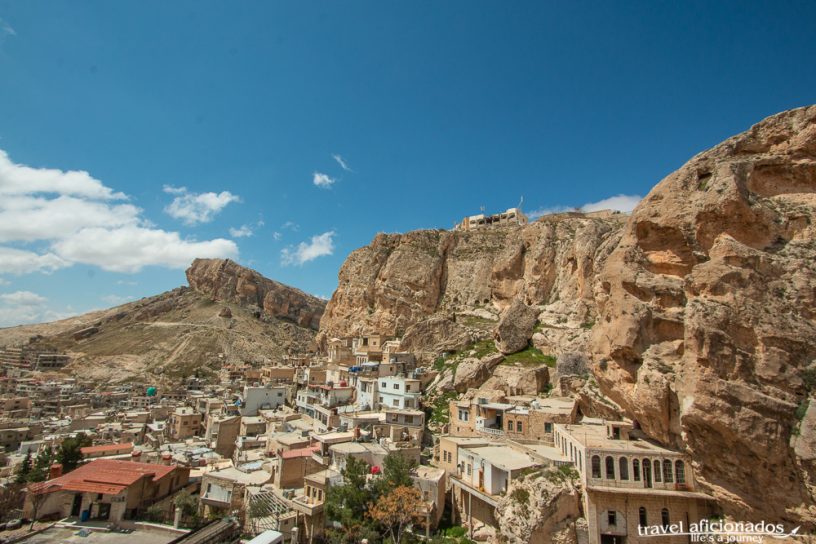
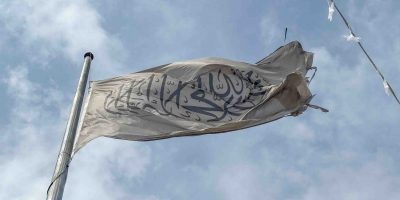
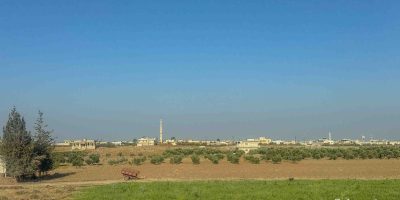
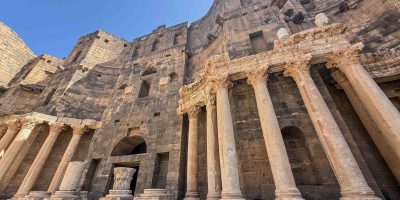
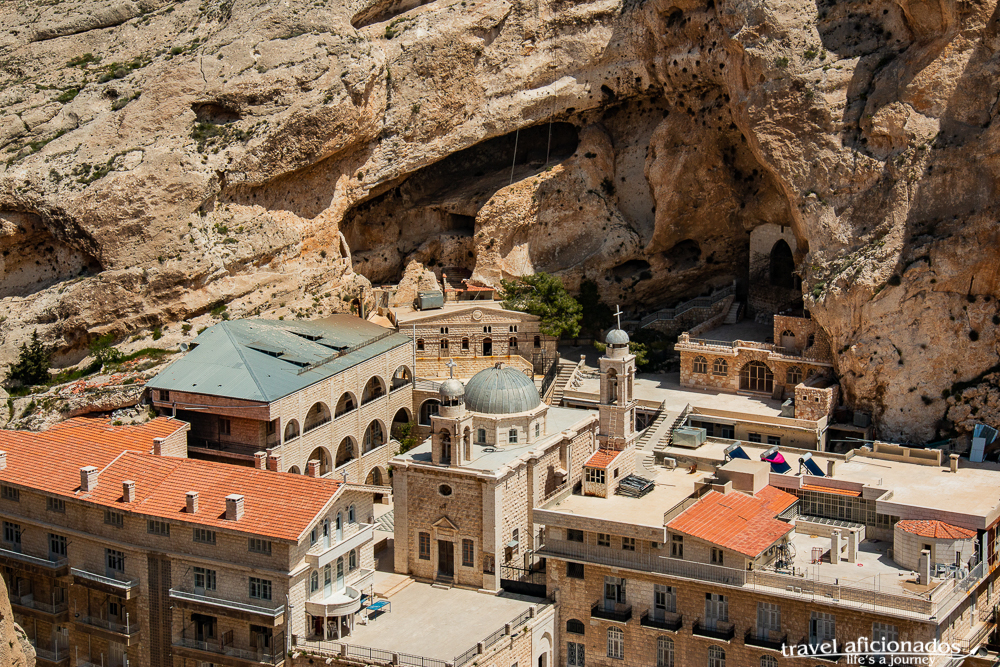
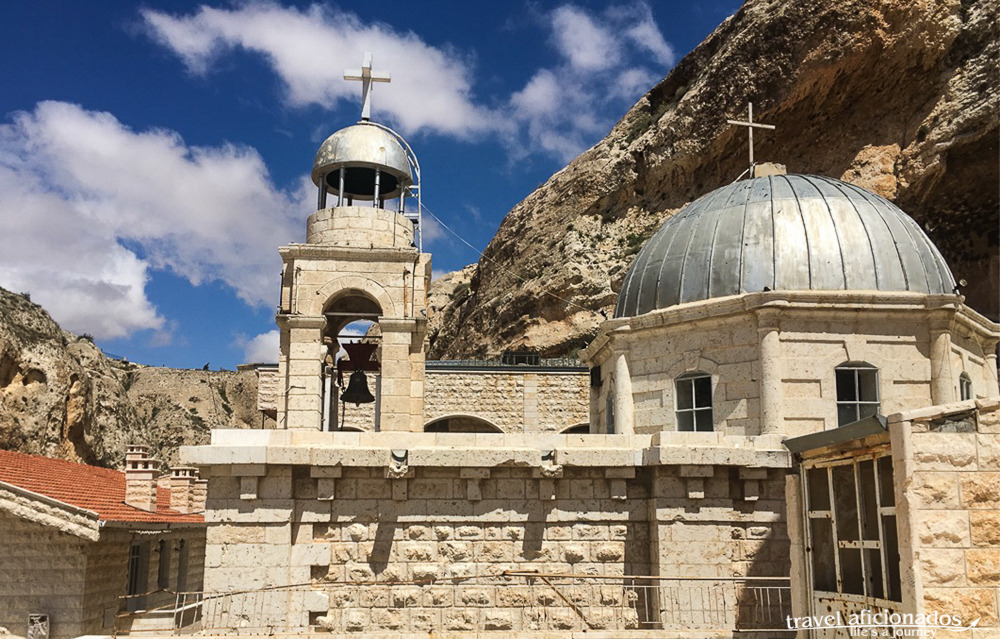
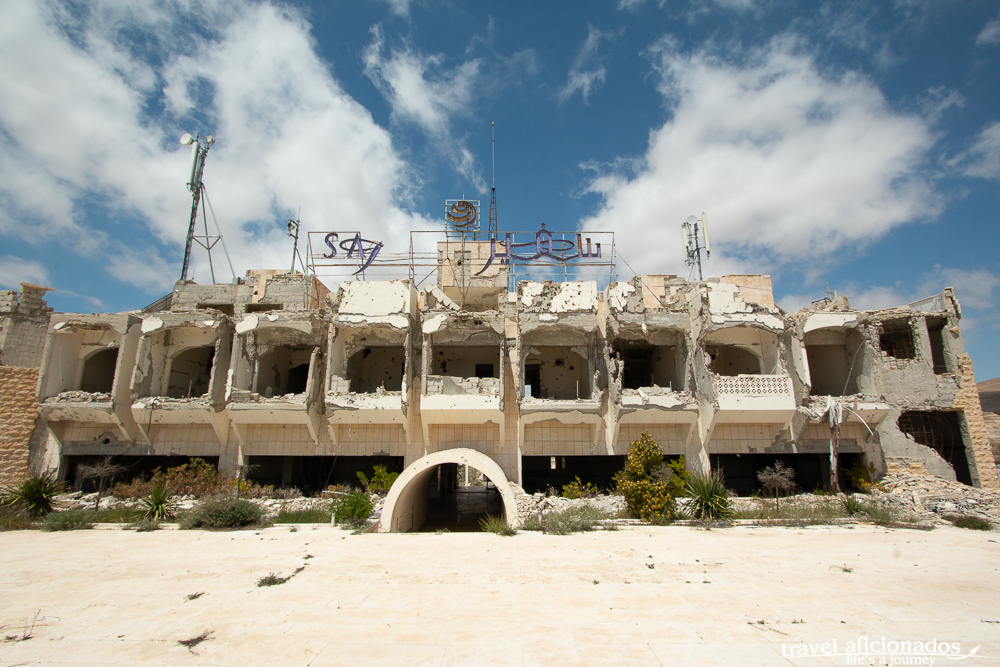
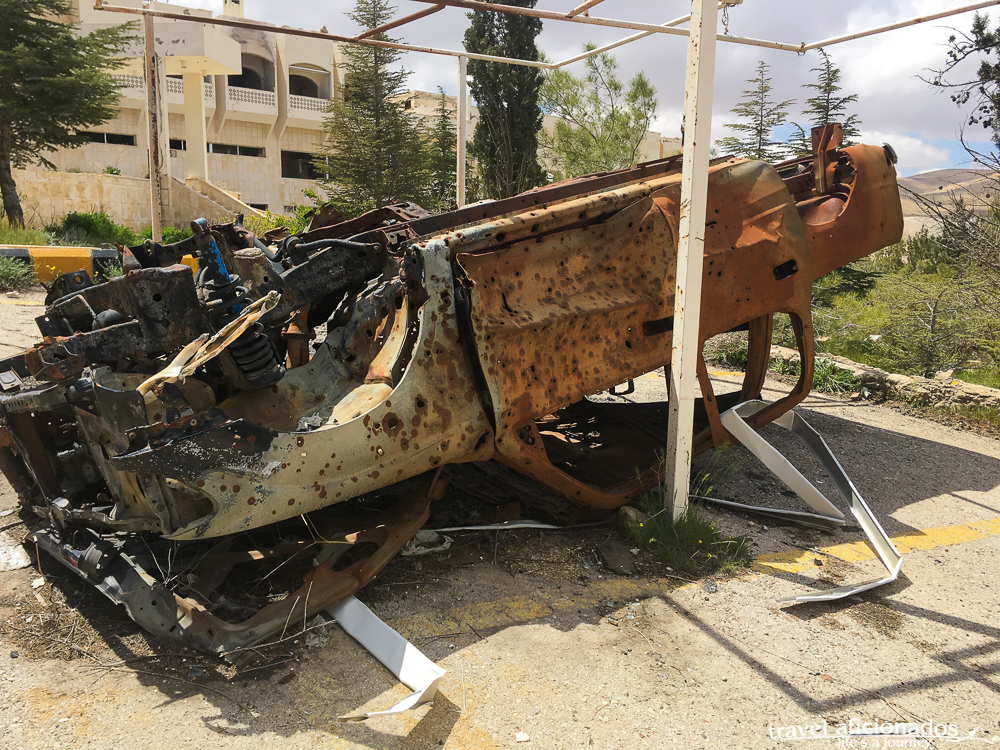
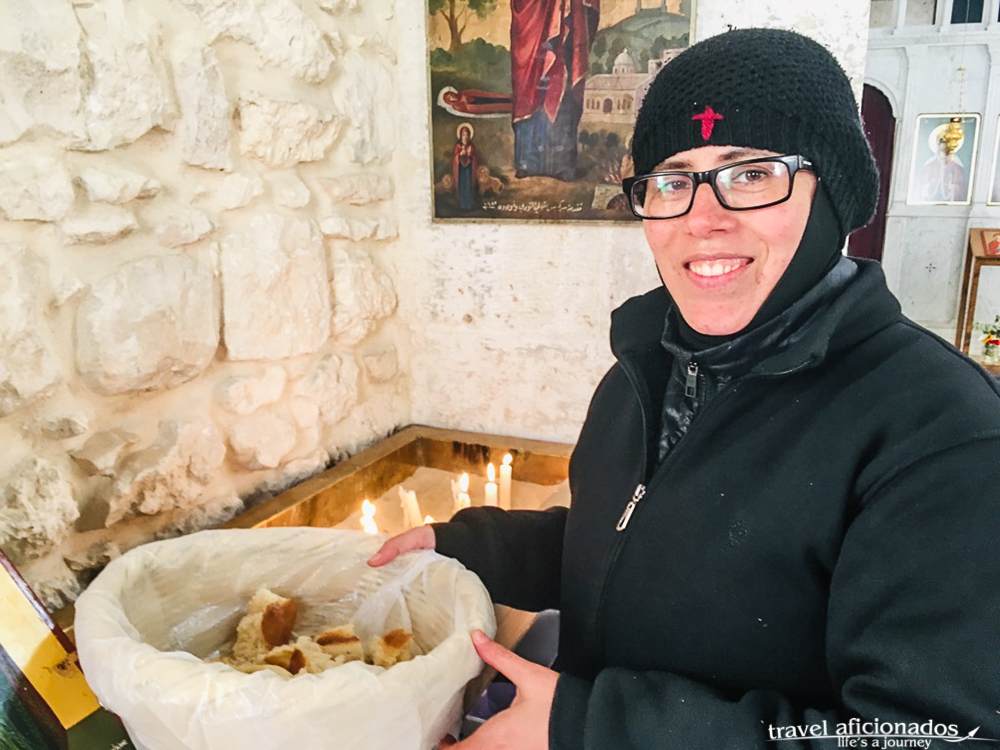
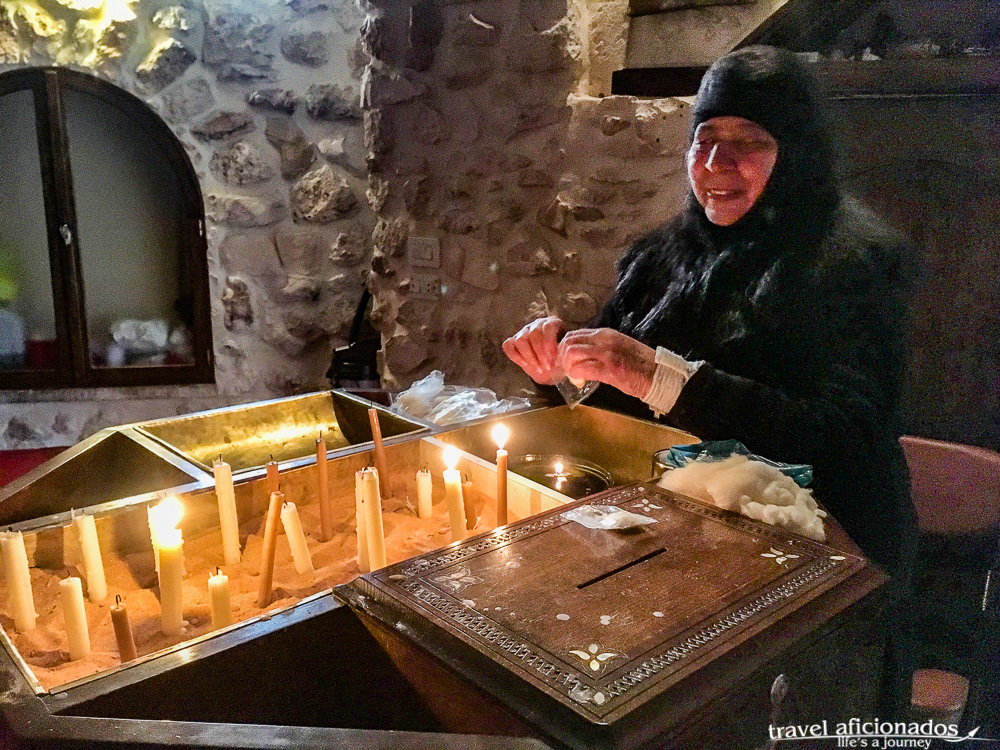
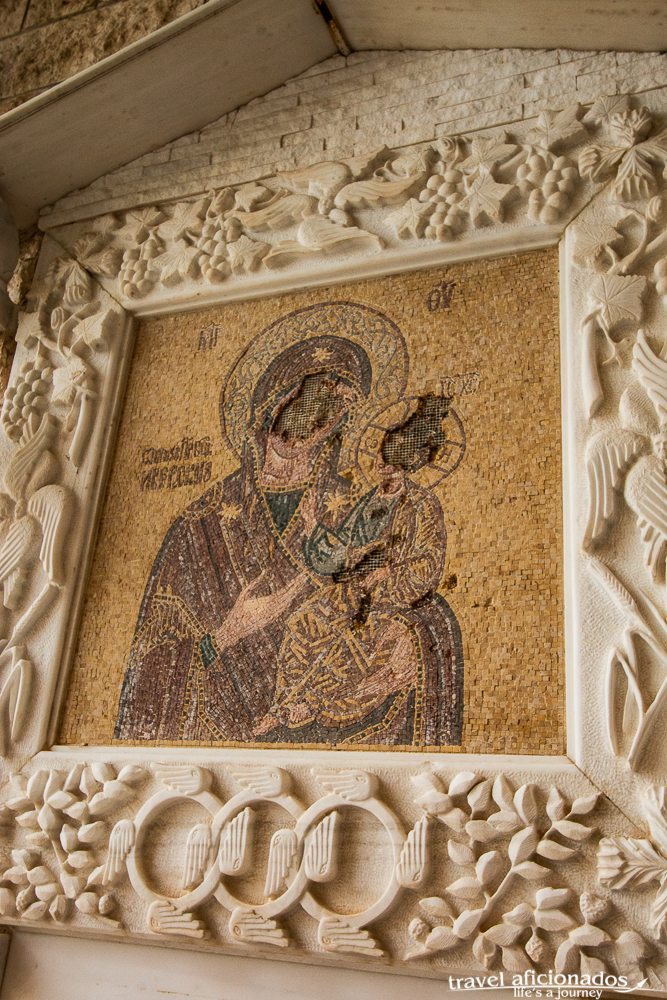
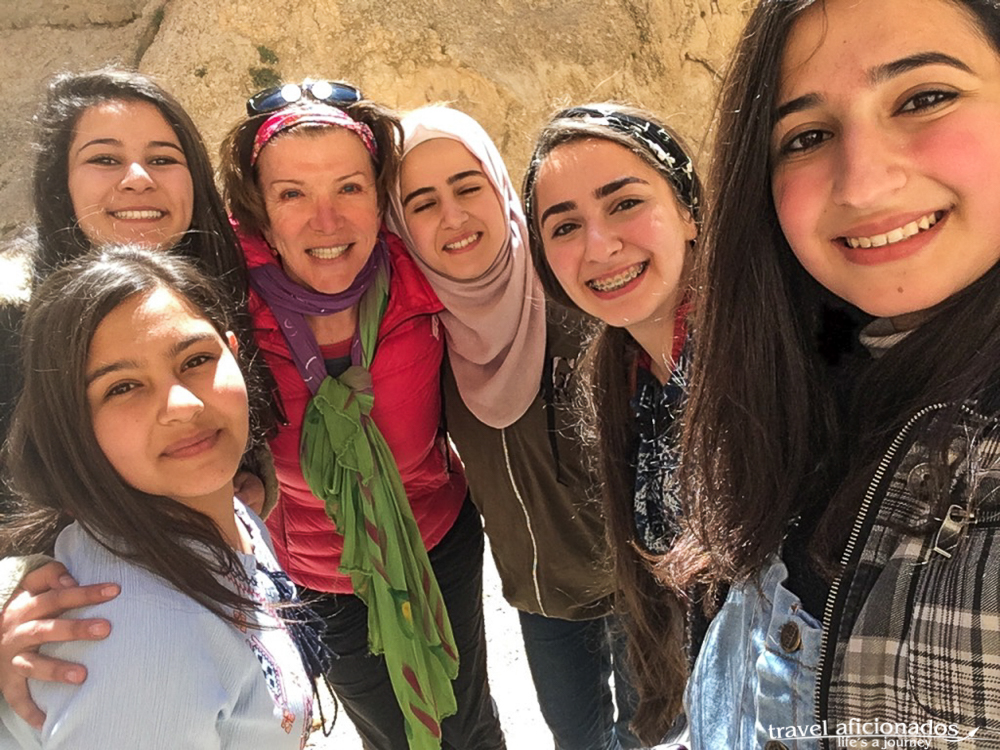
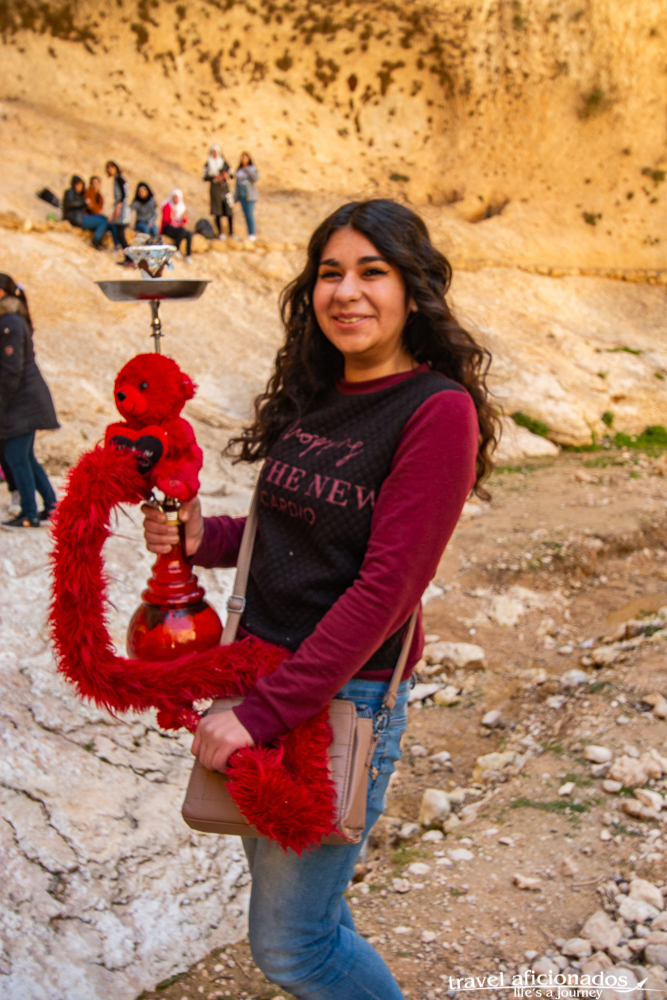
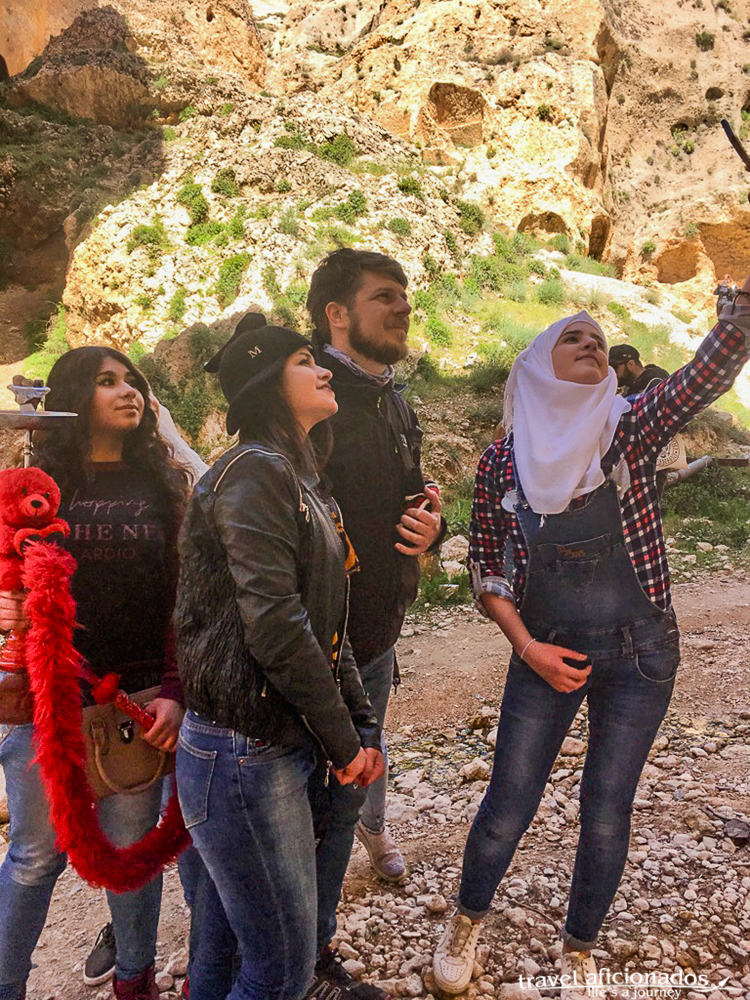
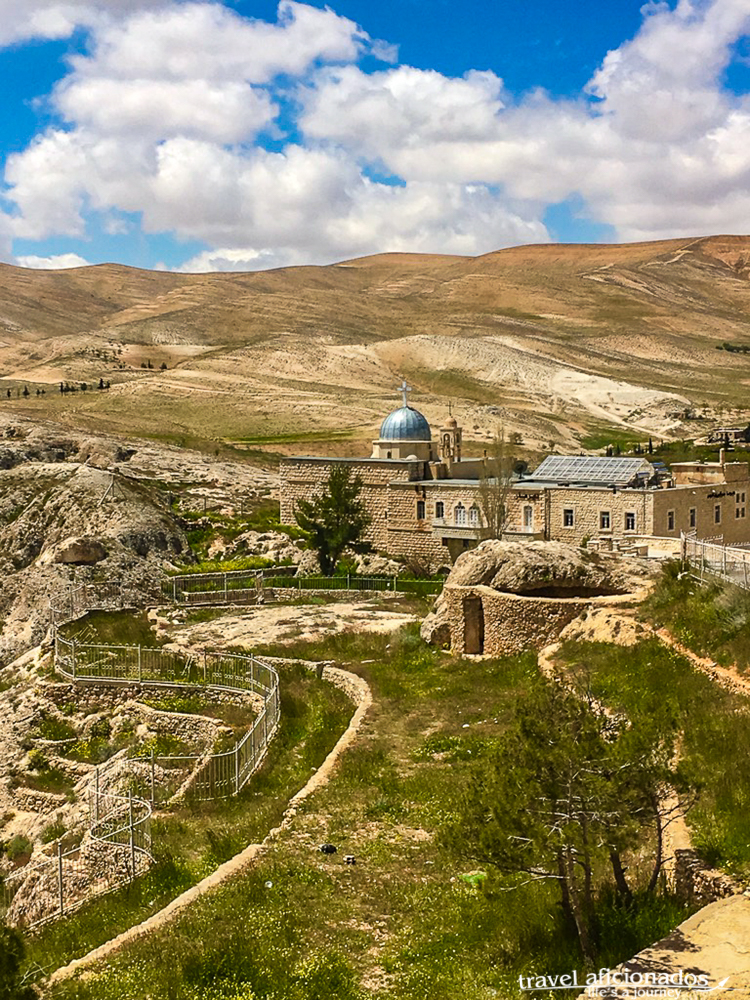
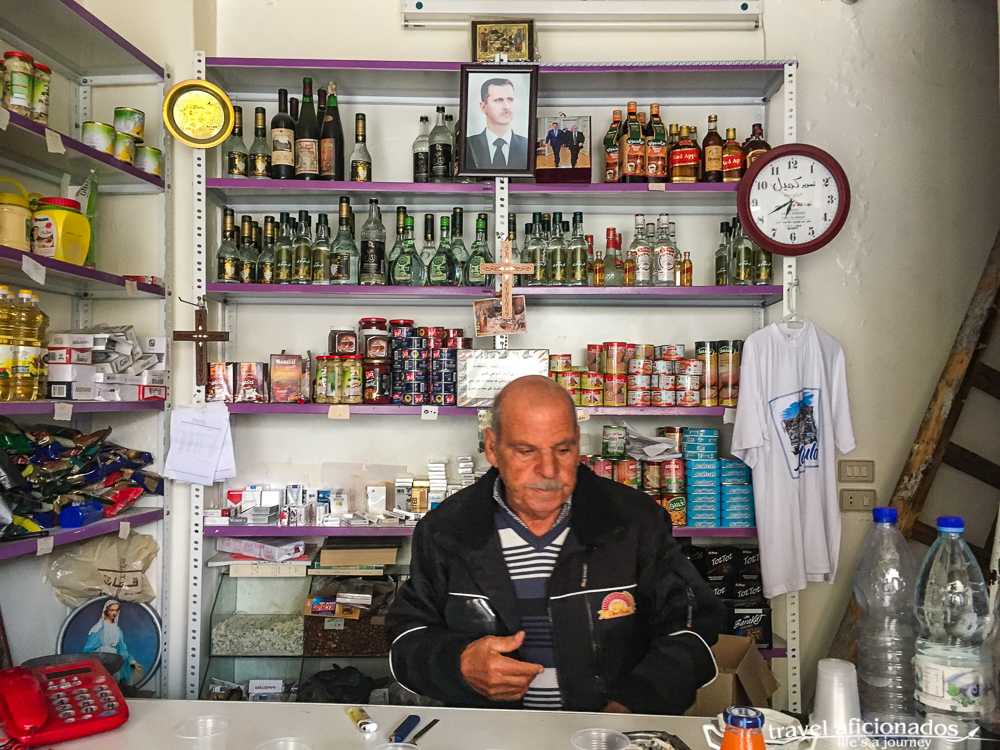
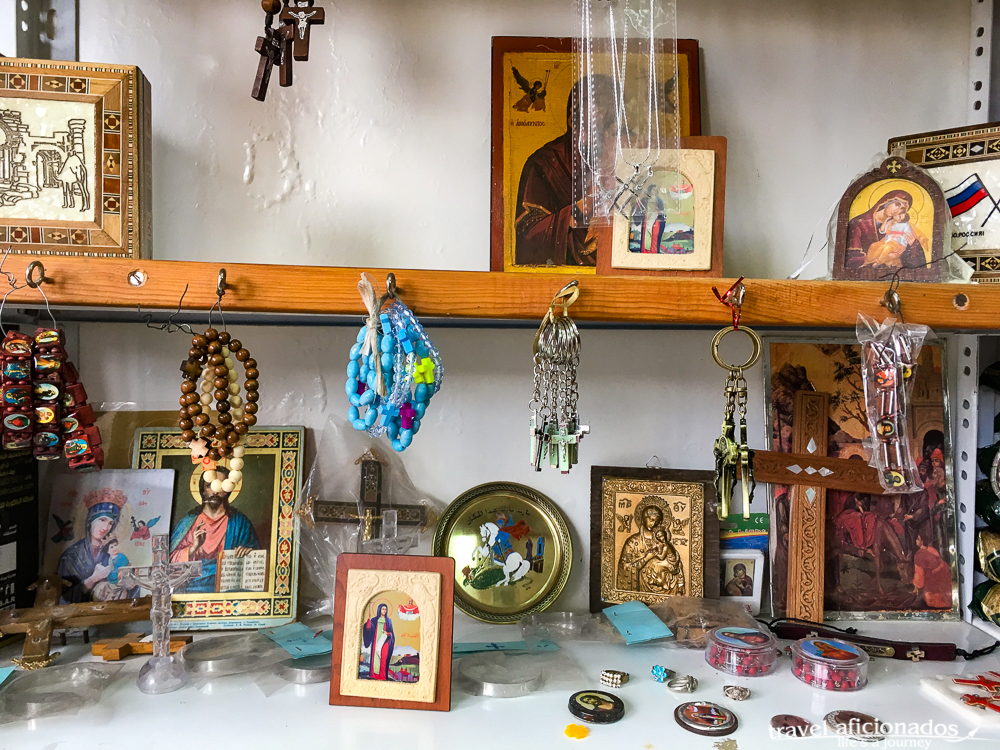
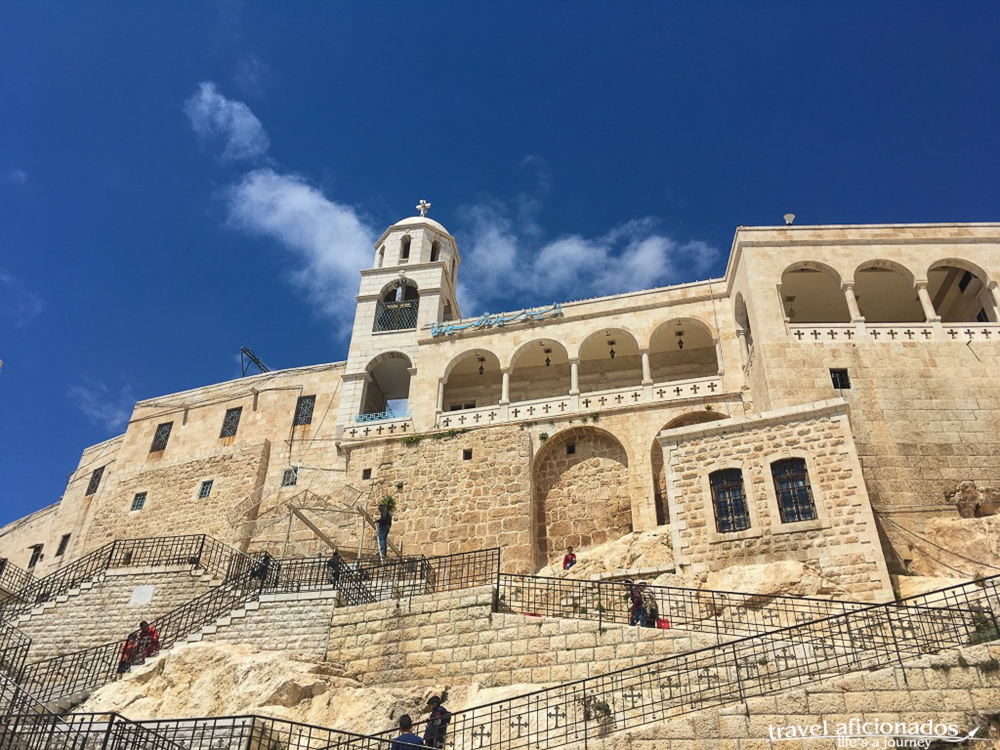
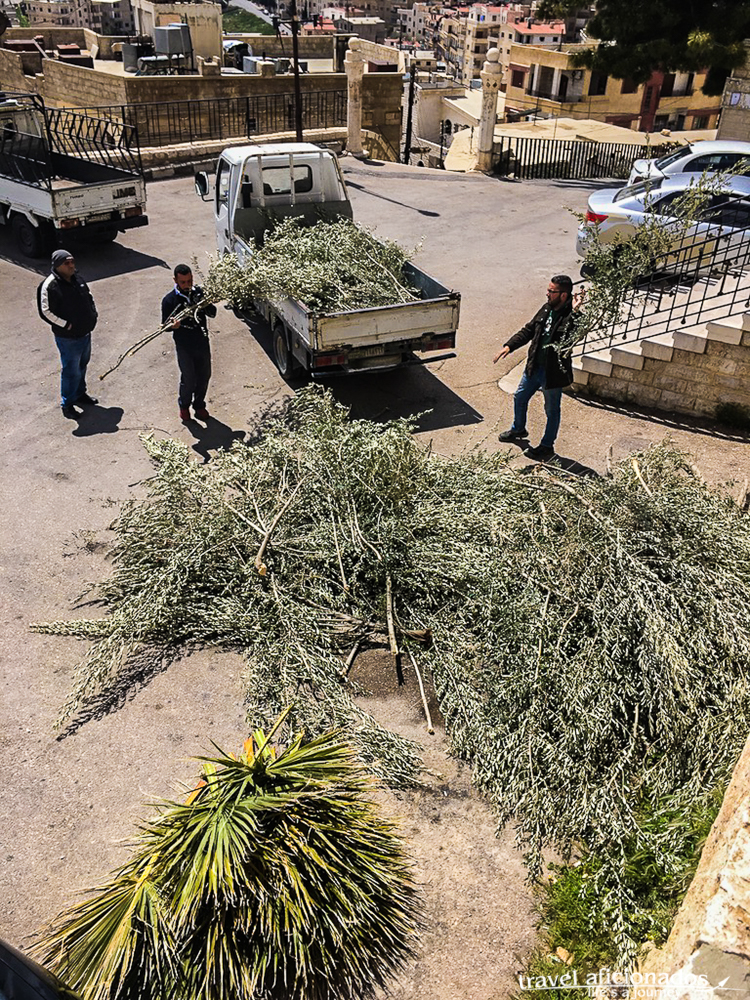
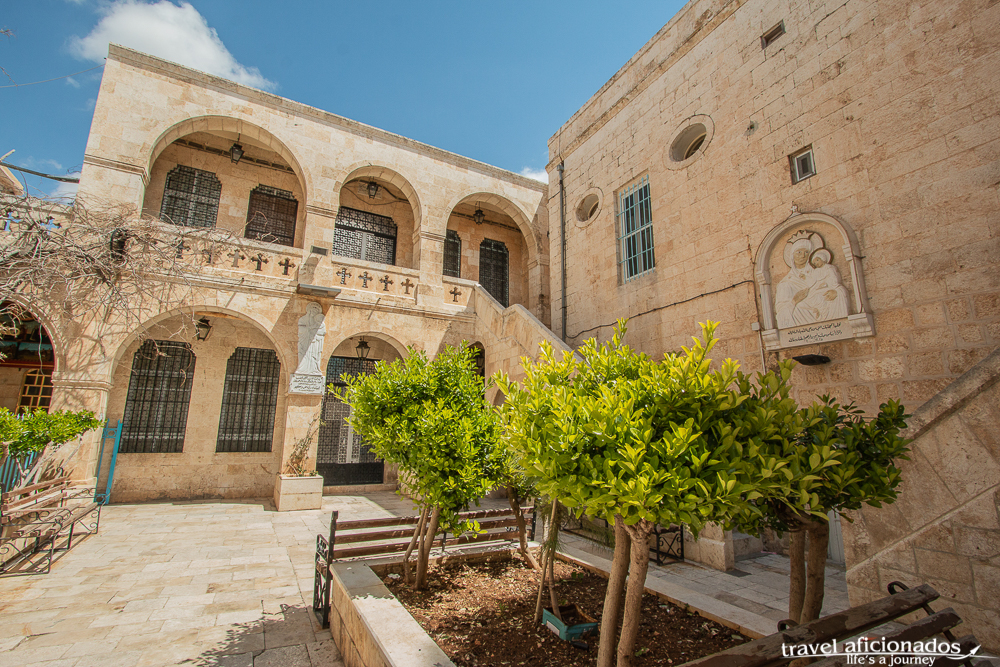
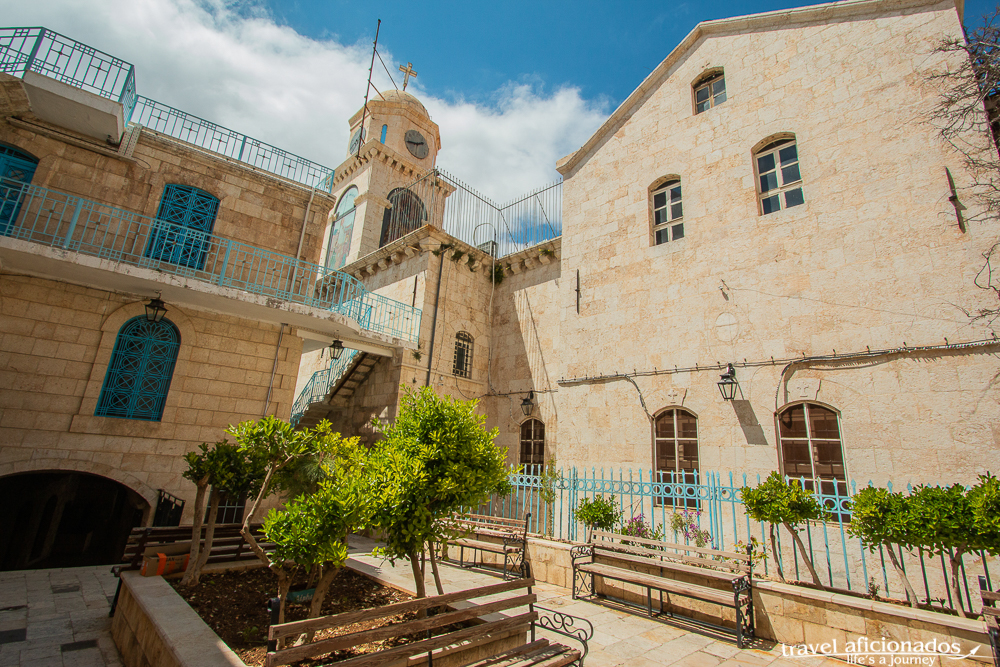
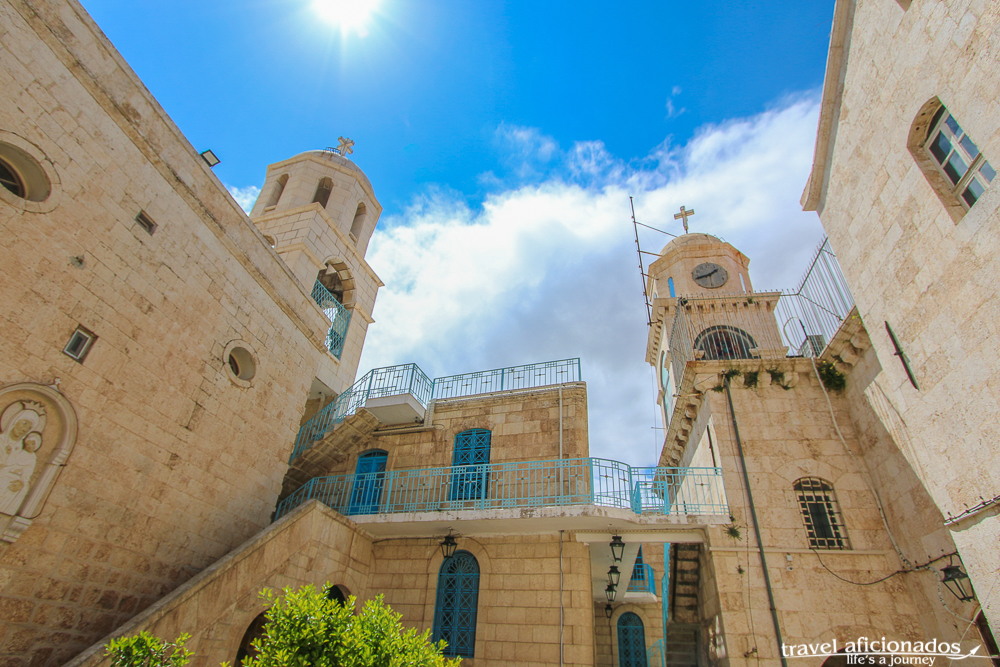
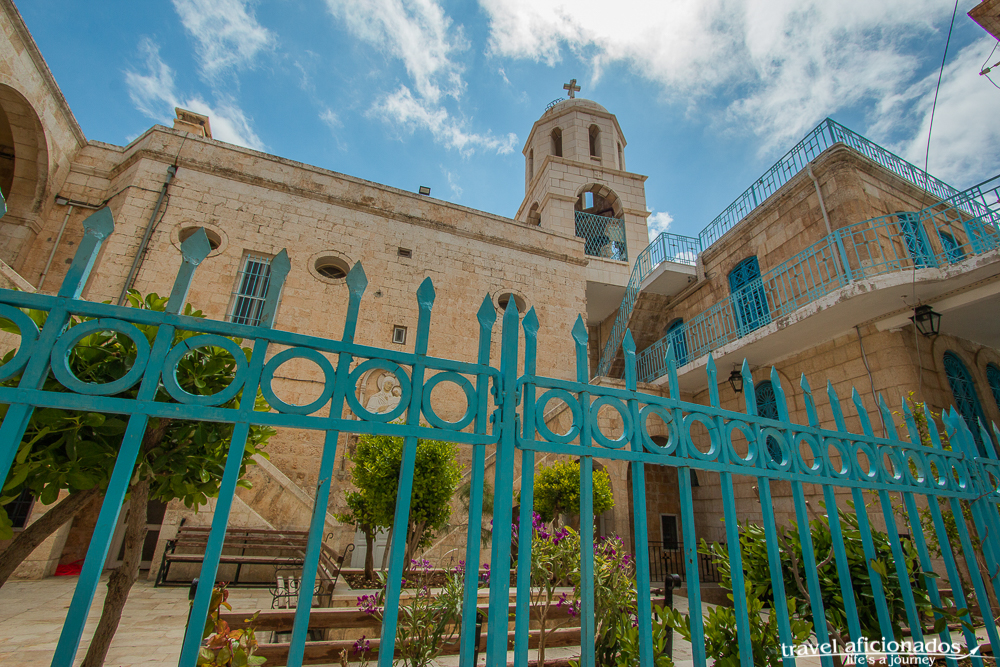
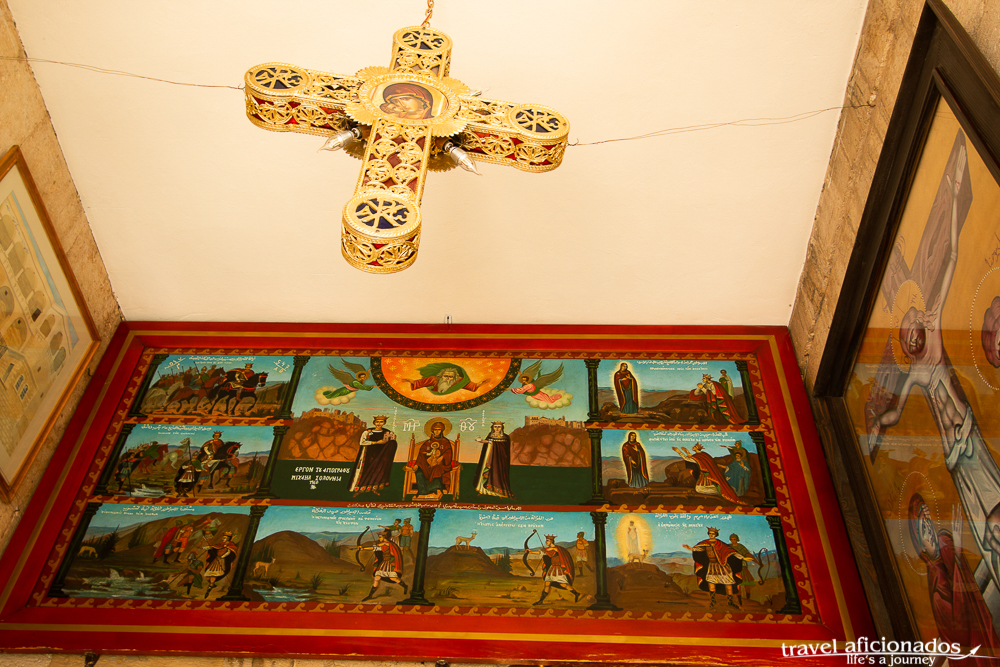
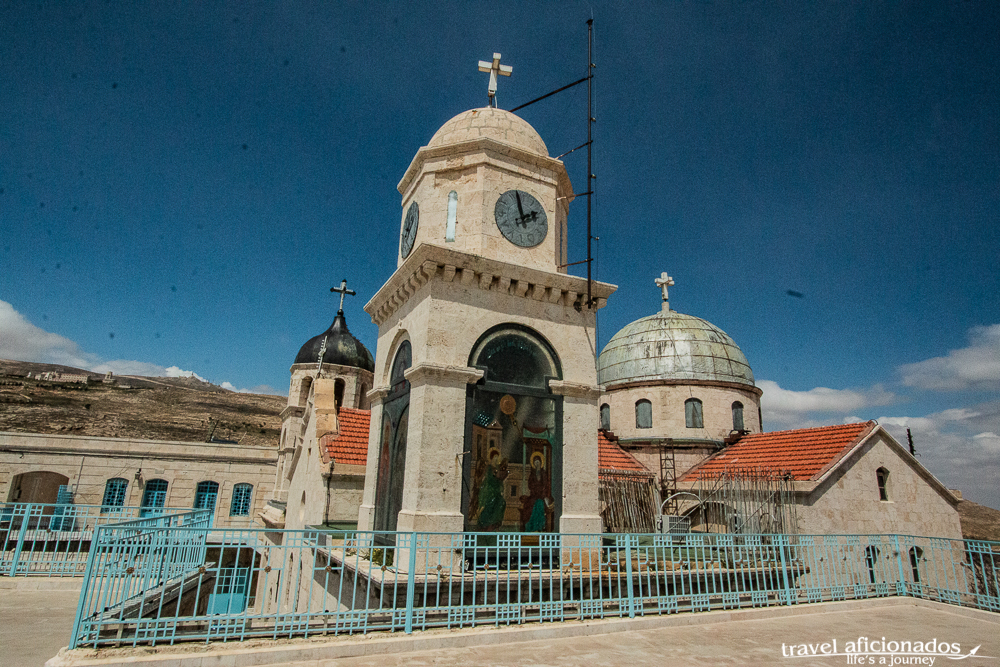

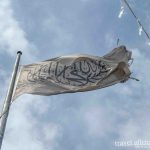
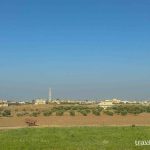
Leave a Reply